How to grow your own fruit and vegetables from scraps: top 10 easiest foods to grow
If you are fed up with paying big bucks at the checkout, these simple hacks will help you prolong the life of your groceries while feeding your family for next to nothing.
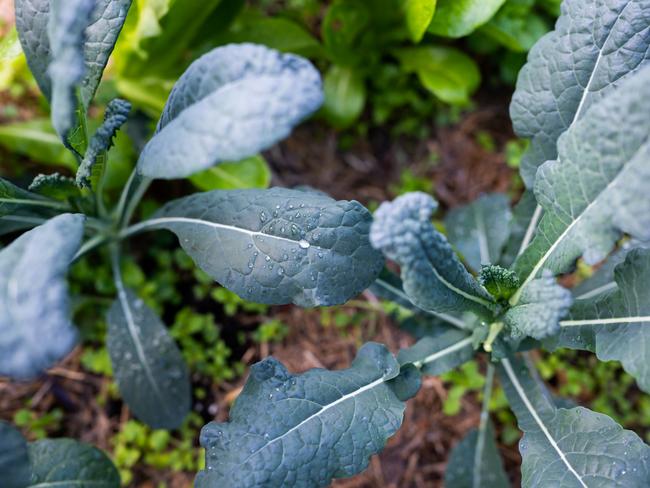
Home
Don't miss out on the headlines from Home. Followed categories will be added to My News.
With the cost of fruit and vegetables soaring over the past year, keeping healthy has never felt so expensive.
Luckily these simple gardening hacks can help you prolong the life of your groceries while growing your own fruit and vegetables for next to nothing.
Grow your own savings
Peter Hatfield says it is possible to cut down on grocery costs by replanting some of your supermarket shopping.
The gardener for Matt Moran’s celebrated restaurant Chiswick Woollahra says he loves to put micro herbs purchased from the supermarket back into the ground for repeat crops.
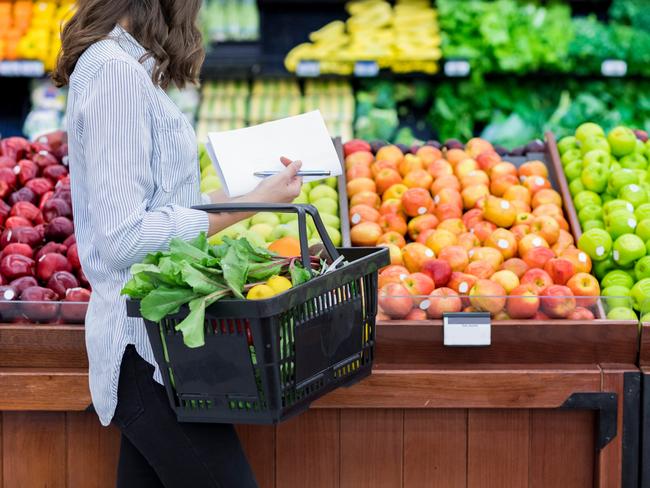
“My favourites for this are red vein sorrel, parsley, basil, and fennel,” he says. “Just plant them in a pot or garden bed in a sunny position, keep them moist and you will be able to reuse them in a couple of weeks.”
Dinner scraps
Horticultural editor of The Diggers Club Marcelle Swanson says a range of vegetables can be easily regrown from scraps left after dinner preparation. While the roots of spring onions, celery and herbs such as basil, mint and coriander can be replanted to grow a whole new plant, the tops of carrots and some other root crops can actually strike new roots if planted again.
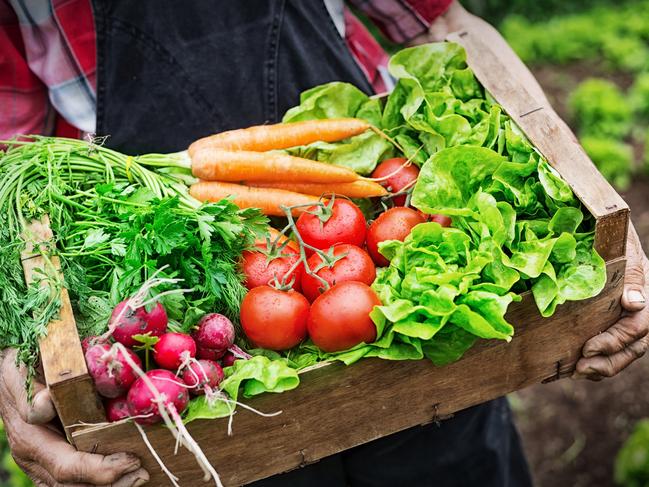
“Less surprising are plants that can be multiplied by a single bulb, tuber or clove, like garlic, shallots, potatoes, ginger and turmeric,” she says.
A mixed bag
While growing your veggies from scraps is a cheap method for growing your own food, it isn’t always reliable, says Bunnings Horticulturist, Katy Schreuder.
“Growing from scraps can be a bit of fun experimenting but requires plenty of patience,” she says.
She recommends growing from seed as a cost effective and more reliable way of boosting your grocery shop.
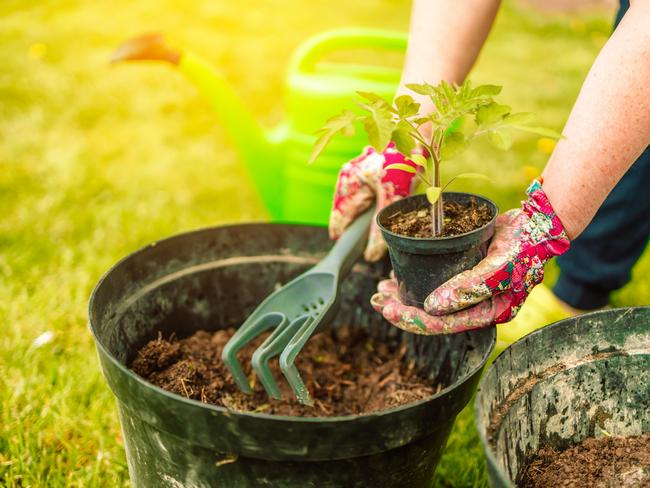
“If you want the best chance of success growing your own veggies, it is easiest and quickest to grow from seeds or seedlings,” she says. “A packet of seeds can cost as little as $2.”
Collect your own seeds
Another good hack is to collect the seed from vegetables or fruit you buy, says Hatfield.
“Start seeds in a repurposed container to keep costs down and transfer them to pots or the garden when they are big enough,” he says. “When doing so, just give them a little water with a seaweed solution to help them settle in.”
While not all fruit trees can be grown from seed, avocados are the exception.
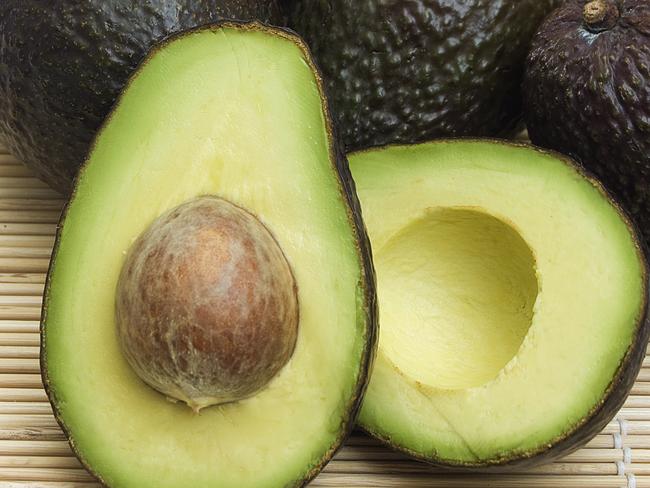
“A fun long-term project is to grow avocado seeds suspended by toothpicks over water,” he says. “When sprouted, they can be transferred to a pot and eventually the ground. You will need lots of patience, however, as the fruits of your labour might be 10 years away.”
Tips for success
Seasonality and climate are both key for growing any type of plant, says Hatfield.
“Australia has zones ranging from tropical to cool climate, so having knowledge of where you are and the seasons will help you determine what will grow best in your area,” he says. “Most seed packets have a guide to sowing on the back, which is very useful.”
Swanson says keeping it local is also important.
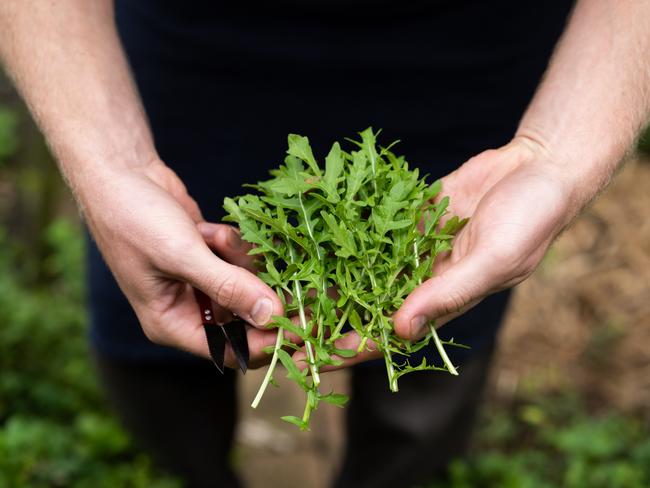
“Growing imported fruits when they are out of season in Australia will make growing from scraps very difficult, it is also bad for the environment due to the food miles associated with getting that crop to our door from the other side of the world,” she says.
Companion planting
It’s also important to think strategically about what vegetables and herbs you plant together. You can get the best results when you put a few plants together that help each other out by warding off bugs and providing better nutrients in the soil.
“It’s all about taking advantage of the natural beneficial relationships between two or more plants like basil and tomato or tomato and marigolds,” says Swanson.
“These combinations improve the health and productivity of your tomatoes, and basil and tomato are equally complementary in the kitchen too – which is another added bonus.”
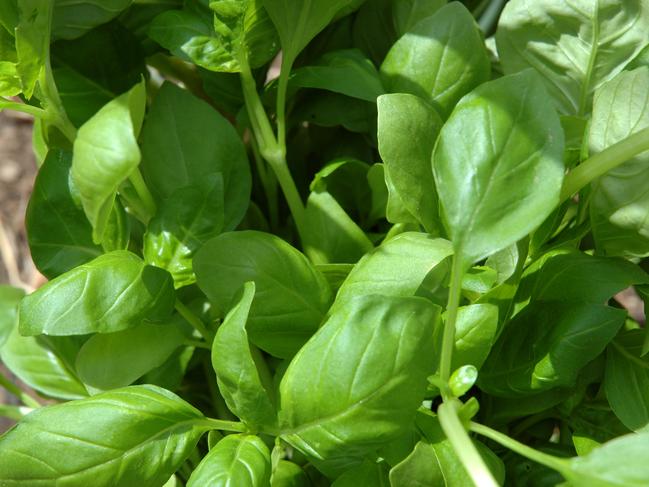
“Another ancient companion planting combination is the Three Sisters, where beans, corn and squash are planted together.”
“The principle behind this combination is that the beans will use the corn as a support to climb up, and in turn they will fix nitrogen in the soil and make it more available to the other plants. The squash acts as a natural weed suppressant and you get an abundant harvest too.”
Imperfect fruit
Growing from scraps doesn’t always mean supermarket perfect produce, says Swanson, but that doesn’t mean you should give up.
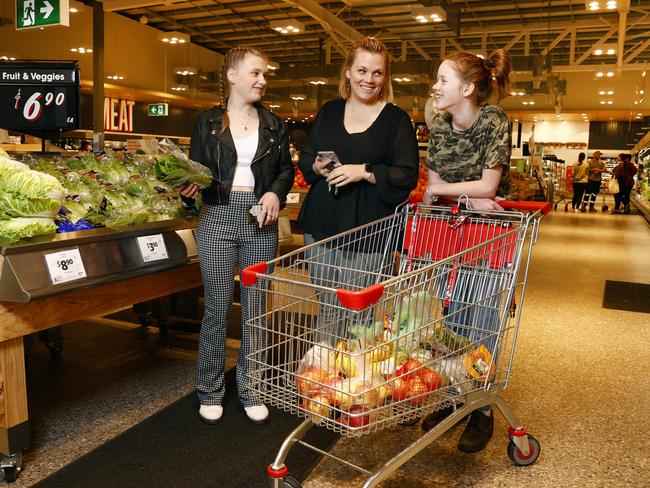
“You may need some patience and ultimately the resulting produce may not look identical to that perfect specimen you purchased from the supermarket or green grocer, but they will provide food for your table regardless of their appearance,” she says. “And it never hurts to try because they would otherwise end up in compost or landfill if you don’t give it a go.”
TOP 10 FRUITS AND VEGETABLES THAT CAN BE GROWN FROM SCRAPS.
1. Tomatoes – one of the easiest fruits to grow, simply squeeze out the seed into a small pot of potting mix and keep it moist in a sheltered but sunny position. In a few weeks you will have dozens of tiny seedlings you can replant as they get bigger.

2. Celery – the bottom section of the plant with roots attached can be placed in a glass of water until new roots form. It can then be planted into the ground or a pot to grow new stems.
3. Spring onions – the bottoms can be regrown in the same way as celery, or even planted straight into good quality potting mix. Within a couple of weeks, new shoots will start to grow.
4. Pumpkins and squash – Swanson says open pollinated varieties can be grown from salvaged seeds while hybrid varieties and genetically modified fruit should not.
5. Avocado – suspend a seed over a glass of water using toothpicks. Once the seed has formed roots and sprouted, transfer into a good quality potting mix to grow a whole new tree.
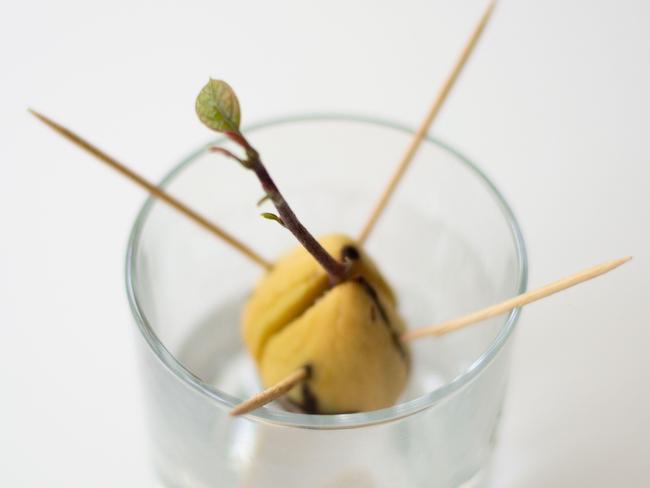
6. Pineapple – if you throw away the top of a pineapple, you could be throwing away a whole new crop of fruit. The tops can be replanted in order to grow a pineapple tree. Hatfield says to plant them in a sunny spot where the soil drains well.
“In a couple of years, you will have your own pineapples,” he says.
7. Carrots – carrot tops can be replanted in order to grow new carrots.
8. Herbs – any herbs sold with their roots still intact are worth planting into the ground. As long as you have good soil or premium potting mix and a sunny spot, they will most likely continue to grow.
9. Fennel – next time you cut the base off a fennel bulb, keep a little bit of the bulb attached and place it in a shallow dish of water. Change the water regularly and eventually new roots will form. You can then plant this into the soil.
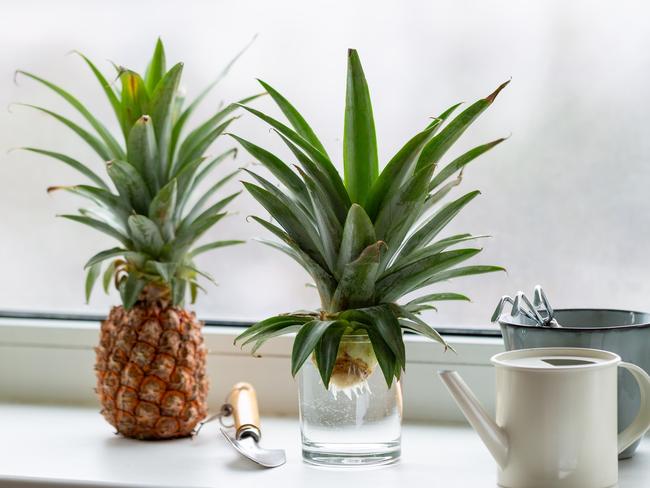
10. Chilli – when a recipe calls for you to discard the seeds of a chilli, don’t. Bury them shallowly in some potting mix in a bright spot and keep the soil moist. Before long, you will have dozens of chilli plants which you can pot out separately. These will grow plenty of chillies for next time.
What not to plant from scraps
* Potatoes – while you can technically replant those old potatoes that have started sprouting at the bottom of your pantry, it’s better not to, says Hatfield.
“Avoid replanting sprouting potatoes from the pantry in your garden beds – they may contain fungal disease,” he says. “Instead, buy a small bag of certified seed potatoes from your local garden centre to ensure an abundant harvest when the time is right.”

* Vegetables and fruit treated with chemicals – Swanson says if you are growing from scraps organic produce is the safest bet.
“Some commercial food crops are heavily treated with chemicals due to import restrictions as well as common growing and harvesting techniques,” she says. “The treatment of crops with methyl bromide, glyphosate and other chemicals is common, so if you are going to grow from scraps, choose organic produce as your starting point so that there are no hidden nasties in your food.”
Originally published as How to grow your own fruit and vegetables from scraps: top 10 easiest foods to grow




